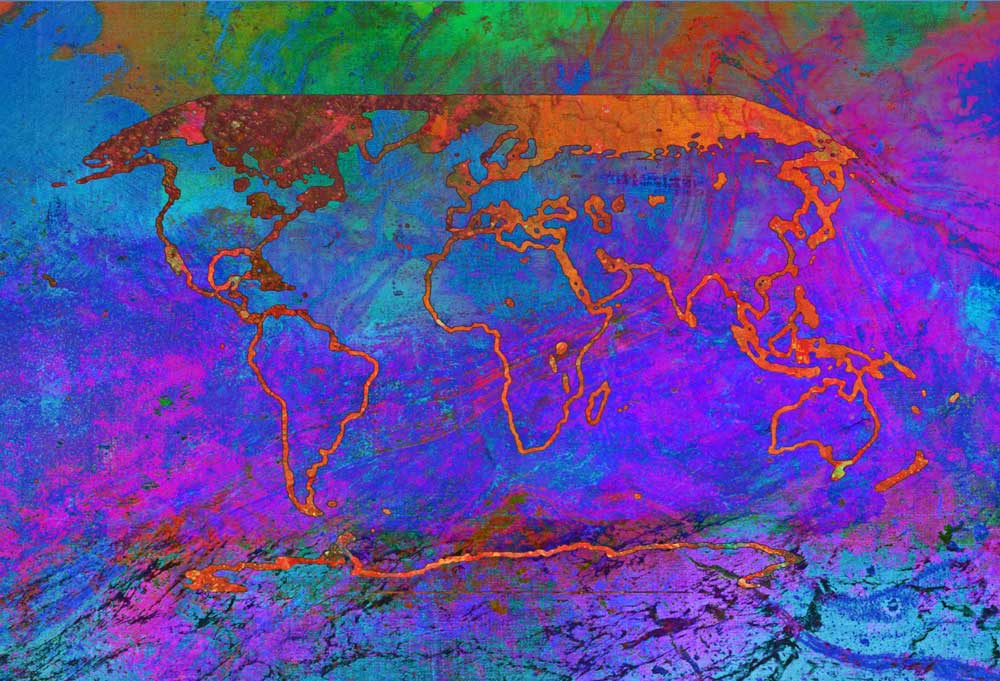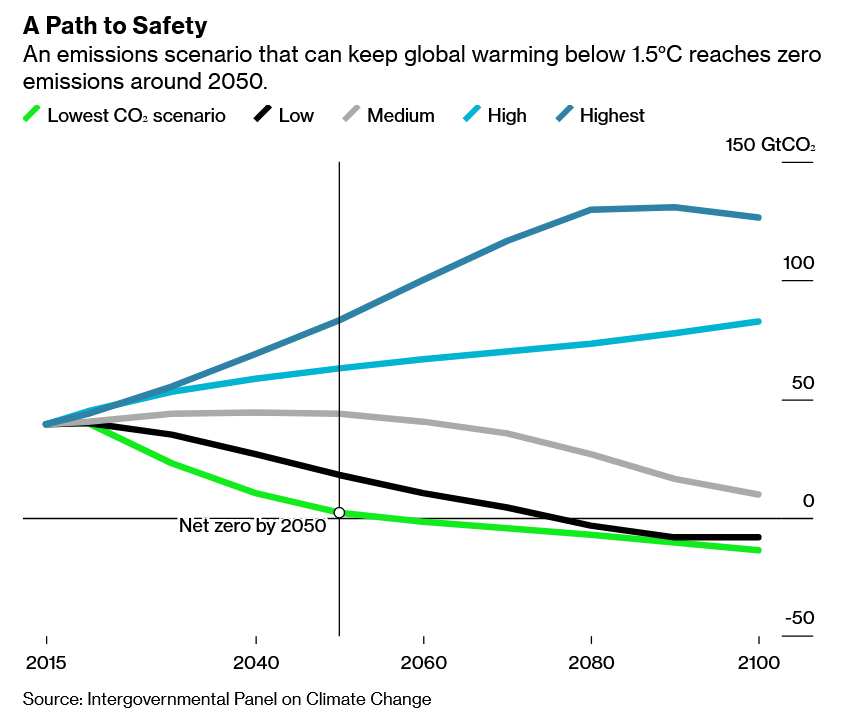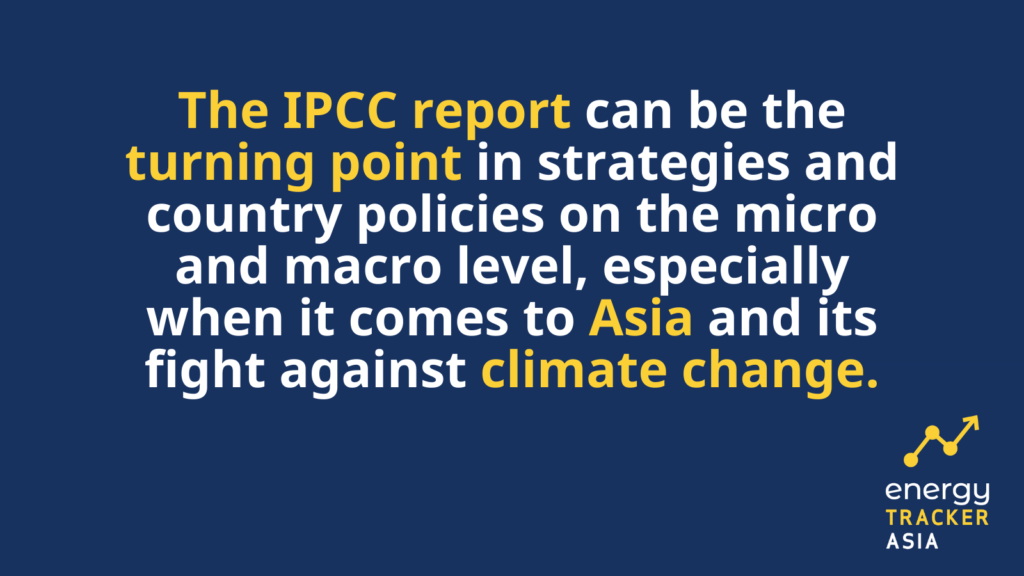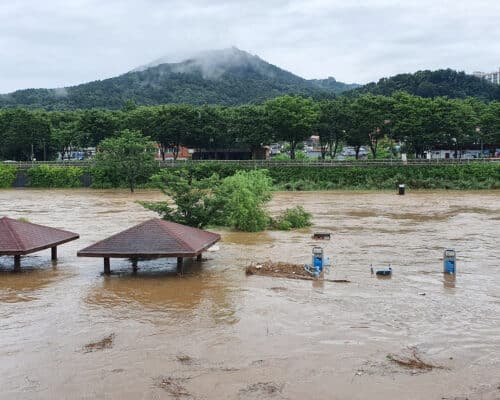The IPCC Report and Its Impact on Asia
24 September 2021 – by Viktor Tachev Comments (0)
We are constantly witnessing nature’s efforts to remind us of how serious climate change is. Yet, it seemed like a big part of us, from the average individual to corporations and policymakers, were ignoring the warnings for years. That is why, for many, the latest report of the Intergovernmental Panel on Climate Change was a harsh wake-up call. The good thing is that the IPCC report can be the turning point in strategies and policies on the micro and macro level, especially when it comes to Asia and its fight against climate change.
The IPCC Report – What is It and Why is It Important
The organization issues periodical assessments (the last one, the Fifth Assessment, was issued in 2013) of the scientific knowledge on climate change, its impacts, future risks and options for mitigation and adaptation. It informs decision-makers about the latest scientific evidence regarding climate change. The IPCC report serves as a crucial resource for domestic policymaking and global climate negotiations.
Due to this, the world had long been waiting with bated breath to see the findings of the Sixth Assessment. The 3,949-page analysis, accompanied by a 42-page summary for policymakers, was published on the 9th of August, 2021. It is a result of the voluntary work of over 200 scientists. The group has analyzed more than 14,000 peer-reviewed studies in scientific, technical, and socio-economic publications.

The IPCC report is considered important due to several reasons.
First, the IPCC itself describes its latest assessment as the “most ambitious cycle so far.” It states that the report “has been like no other.”
Also, it is approved by delegates from over 195 countries. This global scope demonstrates a collective determination to achieve a consensus on addressing climate change.
Furthermore, the report went live just three months before the UN’s COP26 international climate talks, which will unite countries in their efforts to promote practical steps to prevent adverse implications of rising temperatures.
Last but not least, the assessment proves to be crucial because the IPCC is considered inherently conservative. It only highlights information for which scientists have the most evidence and unequivocally agree cohesively.
The Main Findings of the IPCC Report
Right after the report’s release, the IPCC organized a conference. The core message was that climate change affects every region of the world.
Antonio Guterres, secretary-general of the UN, described the findings as “a code red for humanity,” which, frankly, says it all. He also added that the report should serve as the final nail in the coffin for fossil fuels.
Some of the key findings of the IPCC report include:
- The last ten years had been hotter than any period in the last 125,000 years in our history;
- Human-driven processes like combustion and deforestation have raised carbon dioxide (CO2) levels in the atmosphere higher than any point in the last two million years;
- Agriculture and fossil fuels use has elevated methane (CH₄) and nitrous oxide (N₂O) concentration to higher levels than at any point in 800,000 years;
- On the contrary, the contribution of natural factors like the sun and volcanoes to the global warming processes is close to zero;
- Human activity has already increased the global average temperature by about 1.1°C above the average for the late 19th-century period;
- Many of the adverse changes we see today in ocean and ice sheet areas, as well as the global sea levels, are “irreversible”;
- Without significant emission reductions in the upcoming decades, humanity will exceed the warming threshold of 2°C during the 21st century.
While most of these findings might sound familiar, this is the first time that scientists, officials, and the general public are confident in the sole responsibility of human activity for climate change.
According to experts, the report confirms that this decade is our last chance to take action and limit temperature rise to 1.5°C.
A graphic visualization of the different emission reduction scenarios discussed in the IPCC report by Bloomberg Green’s team helps get a clearer grasp of where we stand today. According to the analysis, all scenarios are incompatible with the global 1.5°C marker. Furthermore, Climate Action Tracker suggests that current global policies are likely to track IPCC’s medium or high scenarios, leading to 2.7°C and 3.6°C of warming by 2100.

What the Report Means for Asia
The IPCC report deep-dives into regional-specific findings to further help policymakers understand what is happening in their backyard (the summary for Asia is available here). In a nutshell, the assessment concludes that “there is medium confidence that extreme precipitation, mean precipitation and river floods will increase across most Asian regions.” It adds that dangerous heatwave thresholds will become more common across Asia, especially in the south.
However, what is more important is the general sentiment of the report and how it will affect Asia.
First, the IPCC report highlights the continent as it remains the biggest polluter globally, hence the region needing the most urgent actions. Going forward, the international community will observe the steps of each country in the region under a microscope.
Furthermore, the continent stands out as being more exposed to physical climate risk than the rest of the world. As a result, it is in the countries’ best interest to increase their efforts and reduce emissions.

The IPCC report is also likely to shift the focus of international investors to Asia. The reason is that it is home to many emerging markets and developing countries. What unites them is that they lag significantly in their renewable energy transition. Due to this, in the upcoming months and years, we can expect more financing deals and growing investments across Asia.
The IPCC Assessment as a Trampoline
Although the IPCC reports are usually neutral to policy choices, the recent assessment has touched the public’s nerves. The upcoming IPCC assessments in February and March 2022 will be more practical. They will further stress climate impacts, adaptation and mitigation.
However, the most important is that the report will form the cornerstone of climate science for the years ahead. Furthermore, the sound of the alarms it rang had already echoed around the world. We have all the needed evidence and data in our hands. The next step is to make use of them.

by Viktor Tachev
Viktor has years of experience in financial markets and energy finance, working as a marketing consultant and content creator for leading institutions, NGOs, and tech startups. He is a regular contributor to knowledge hubs and magazines, tackling the latest trends in sustainability and green energy.
Read more



